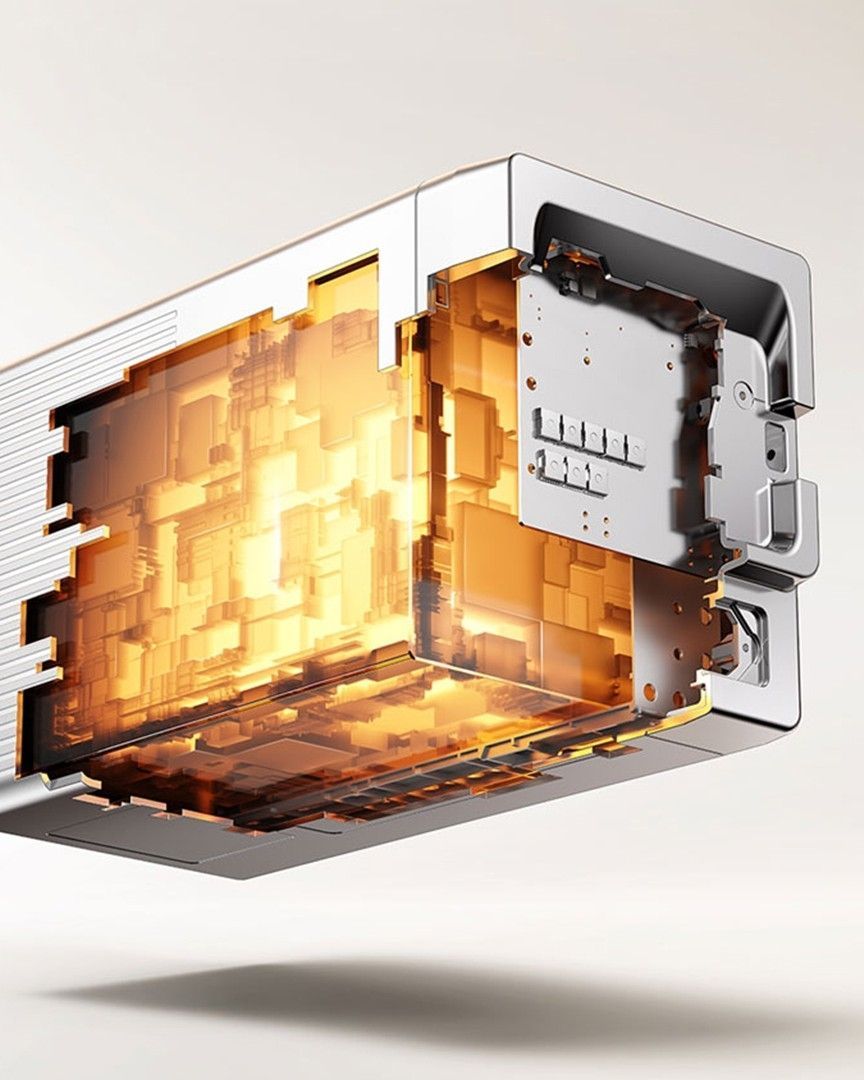
What are "salt batteries"? More sustainable and safer, they are already revolutionizing the electric scooter market in China
The development of more efficient batteries has become an increasingly central and relevant topic in the technological field – especially due to the growing spread of electric vehicles. In this area, attention has long been shifting towards solid-state batteries, which differ from lithium ones in that the substance that enables the flow of electric current is solid. In many cases, instead of lithium, sodium is used, which can be extracted from sea salt – hence the term "salt batteries". They are considered essential for electric vehicles because they charge faster and last longer compared to old, bulky, expensive, and slow-charging batteries. On the other hand, the progressive growth of the electric car market has made it more urgent to find innovative and sustainable solutions to further boost demand – creating a kind of virtuous cycle, especially in regions where this sector is particularly strong. This is the case in China, for example, where the two-wheeled electric vehicle sector is becoming one of the most important for the country’s economy. Not surprisingly, several major tech companies, such as Yadea, are heavily investing in sodium battery production. The Chinese company, for instance, is experimenting with the adoption of a dedicated infrastructure system for the rapid replacement of depleted batteries, designed for couriers and commuters using scooters. As reported by the BBC, in Shenzhen, a city of over 17 million inhabitants in southeastern China, more than 150,000 couriers are already testing this model, which allows the replacement of a depleted battery with a fully charged one in less than a minute.
@drift0rtv Molten Salt Battries may replace Lithium! #lithium #greenenergy #environment #battery #technology #news original sound - Drift0r
Sodium batteries offer several advantages: availability of raw materials, thermal stability and therefore safety, and resistance to cold. But there's a catch. The amount of energy storable in sodium batteries is still at least 30% lower than that of lithium batteries, which makes them less suitable for large vehicles or those requiring long range. For this reason, electric vehicles with sodium batteries are almost always small and have limited performance, such as scooters. In the near future, the goal of the sodium battery sector is to find a balance between reducing charging times and containing production costs, among other things. A constant challenge for battery manufacturers is the increasing demand for raw materials needed to produce them. For some time now – as the Financial Times had already reported a few years ago – the prices of all necessary components for their production have risen, and the trend does not yet seem to have reversed. Solid-state batteries are expected to require less copper and aluminum and could completely eliminate the use of cobalt and graphite – all materials that entail high costs, supply difficulties, and significant environmental impacts related to extraction and processing. This reduction in relative dependence on critical resources could help make battery production more sustainable and less subject to market fluctuations, as well as facilitate large-scale scalability of the technology. Moreover, these batteries offer greater flexibility: thanks to the modular structure of the cells – stackable, essentially, like bricks – they can be adapted to various vehicle models, which also limits performance degradation over time.















































